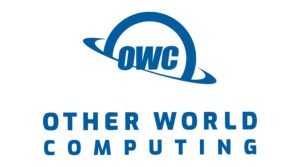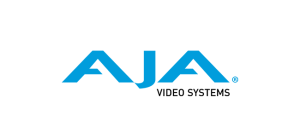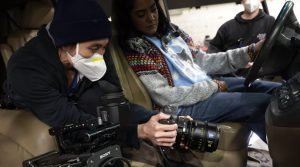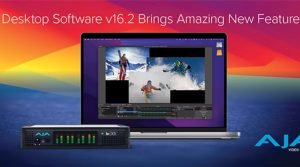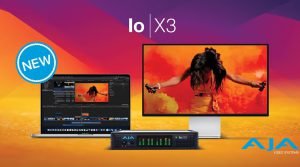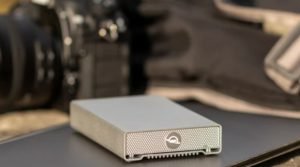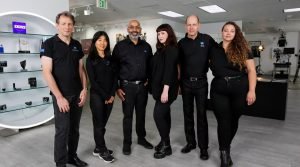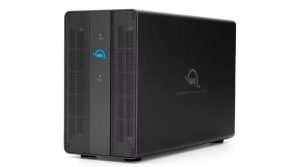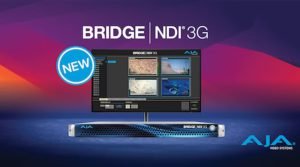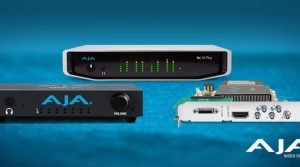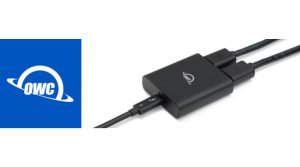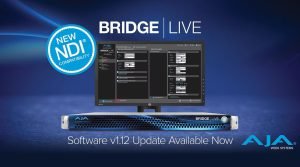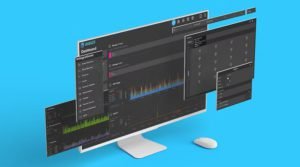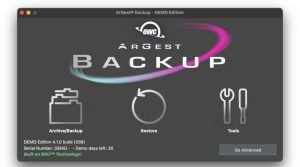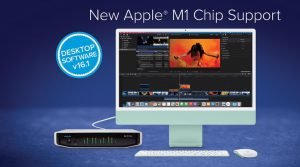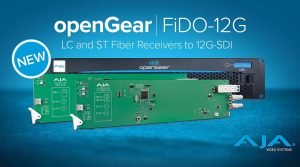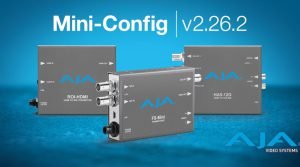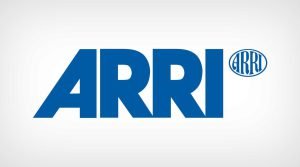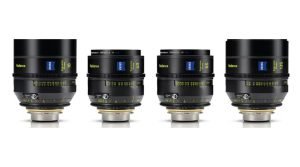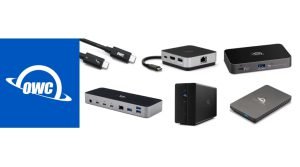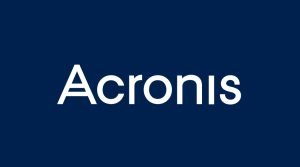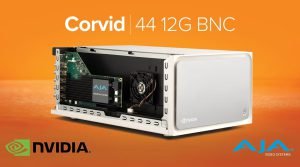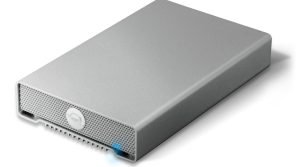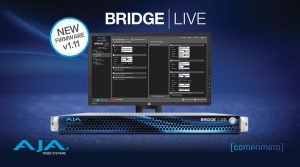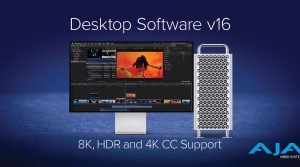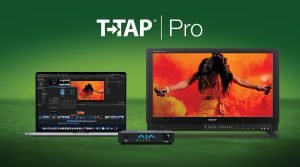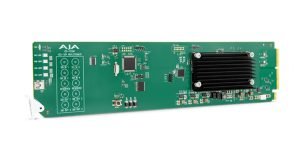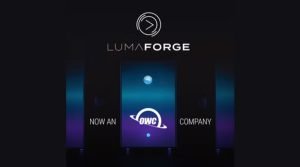Sponsor News
Welcome to Sponsor News, the place where we shine a spotlight on the incredible partners who help make Sight, Sound & Story possible.
Here, you’ll find the latest updates, announcements, and stories from our sponsors — from new projects and creative collaborations to behind-the-scenes insights. Our sponsors aren’t just supporters; they’re innovators, storytellers, and leaders in the creative community.
Stay tuned to:
-
Discover exclusive news and upcoming events from our partners
-
Celebrate the achievements and milestones of our sponsors
-
Connect with the companies and organizations driving the industry forward
We’re proud to share their stories with you.
Check back often — new sponsor news is added regularly!

Checco Varese ASC Uses ZEISS Lenses to help get his Cinematic Reality Look on Dopesick
Bringing a harrowing real-life story to the screen demands the lightest possible touch of Hollywood’s [...]
OWC Joins the Music Showcasing Innovative Connectivity and Storage Solutions at SXSW 2022
Tech leader will be part of the Official SXSW panel for MUSIC MATTERS! presented by [...]
ZEISS Cinema Americas On-Site at SXSW Austin Texas, March 13-16, 2022, Booth 433
Los Angeles, California: The ZEISS Cinematography Team will be attending and supporting this year’s South [...]
AJA FS-HDR Helps FOX Sports Deliver Cinematic Look for MLB “Field of Dreams” Broadcast
Achieving a post-produced look in live television is the ultimate goal, but demands the right [...]
AJA Advances Mini-Converter Line with Mini-Config v2.26.3
Grass Valley, CA (February 8, 2022) – AJA Video Systems today released a free Mini-Config v2.26.3 software update, [...]
ZEISS Supreme Primes Work Day and Night for Plan B
Cinematographer Sandra Valde-Hansen (The L Word: Generation Q, Now Apocalypse, White Bird in a Blizzard, Kaboom) found [...]
AJA Introduces Desktop Software and SDK v16.2 with 12-Bit RGB Enhancements
Grass Valley, CA (February 3, 2022) — AJA Video Systems today unveiled Desktop Software v16.2 for all KONA, [...]
AJA Unveils Io X3 Thunderbolt™ 3 Video I/O Device
Grass Valley, CA (February 3, 2022) – AJA Video Systems has unveiled Io X3, a Thunderbolt™ 3-connected professional [...]
ZEISS Cinema Americas Spotlights Film Festival Week
ZEISS will kick off their 2022 virtual Film Festival Week on Friday, January 21 with [...]
Cinematographer Philip Grossman Uplevels Video Conferencing Quality with AJA U-TAP
From Microsoft Teams to Zoom, the use of video conferencing platforms has seen unprecedented growth [...]
OWC Announces Atlas Pro Series Media Card Storage and Reader for Photographers, Videographers, and Content Creators
OWC®, the premier zero-emissions Mac and PC technology company, and a respected provider of Memory, External Drives, SSDs, Mac & [...]
OWC Announces Release of SoftRAID 3.0 for Windows
New SoftRAID for Windows adds support for RAID 5 volumes OWC®, the premier zero-emissions Mac and [...]
OWC Introduces Mercury Elite Pro mini USB-C Portable Storage Solution
Universally USB compatible bus-powered drive for saving, accessing, and backing up your work and personal [...]
ZEISS Cinema Americas Expands to Better Serve Cinematography Community
In an industry that relies heavily on collaboration to combine technical excellence with inspiring creativity, [...]
OWC Announces Mercury Pro U.2 Dual As World’s First Thunderbolt Dual Bay U.2 Desktop Storage Solution
The ideal storage solution for anyone and any task with up to 2800MB/s speed and [...]
AJA Debuts BRIDGE NDI 3G Gateway Appliance for NDI/SDI Conversion
Grass Valley, CA (October 27, 2021) – AJA Video Systems today launched BRIDGE NDI 3G, a sleek, high-performance [...]
OWC Announces Release of SoftRAID 6.2 for Mac
Software solution offers compatibility with macOS 12 Monterey and support for APFS volumes OWC®, the premier [...]
AJA Announces KONA 5, Io 4K Plus, and T-TAP Pro Support for Hardware Out in Microsoft Teams
Integration makes it easy to incorporate remote, broadcast-quality audio and video streams into live production [...]
AJA Announces Equity Stake in Diskover Data; Introduces AJA Diskover Media Edition
Powerful new data search and analysis toolset addresses M&E market demand for simpler way to [...]
OWC Announces Thunderbolt Dual DisplayPort Adapter
Easily add up to two 4K or 8K displays for stunning images, increased productivity enhanced [...]
AJA RELEASES BRIDGE LIVE V1.12 WITH NEW NDI® AND HLS COMPATIBILITY
Grass Valley, CA (September 14, 2021) – AJA Video Systems released BRIDGE LIVE v1.12, a new software update for [...]
OWC Announces Jellyfish Manager 2.0 Offering New Design, Dashboard, And Cloud Backup Integrations
Offering deeper analytics, a cloud backup integration that works seamlessly with Backblaze, AWS, and Wasabi, [...]
OWC Announces ArGest® IngestPro Software For macOS
OWC®, the premier zero-emissions Mac and PC technology company, and a respected provider of Memory, External Drives, SSDs, Mac & [...]
OWC Announces ArGest® Backup Easy Drag And Drop Backup Archival And Restore Solution
Now offering complete macOS, Windows, and Linux compatibility plus ArGest® Backup bundled support for complete [...]
AJA Desktop Software and SDK v16.1 Debut with Native Apple® M1 Support
New releases deliver feature improvements for AJA KONA, Io, T-TAP, and Corvid solutions, including Apple [...]
OWC Introduces Envoy Pro SX Thunderbolt Bus-Powered Portable SSD
Super-fast, Super-durable workflow superhero easily handles all storage and backup challenges OWC®, the premier zero-emissions Mac [...]
OWC Announces U2 ShuttleOne Build Your Own Affordable High-Performance U.2 SSD
U.2 flexibility from the U.2 leader adds blazing fast and highly affordable storage to your [...]
AJA Announces New openGear® Fiber to 12G-SDI Converters
Pair of OG-FiDO 12G receivers support conversion from LC/ST Fiber to 12G-SDI; New firmware updates [...]
AJA Releases Mini-Config v2.26.2
Grass Valley, CA (June 3, 2021) – AJA Video Systems has released Mini-Config v2.26.2, a free software update [...]
ARRI expands the Franz Wieser Grant program
May 25, 2021; Burbank – Long a champion of supporting and promoting talented filmmakers, ARRI is [...]
Four New Focal Lengths Added to the ZEISS Supreme Prime Radiance Family
ZEISS has added four new lenses to the ZEISS Supreme Prime Radiance family launched in [...]
OWC Announces Innovative Storage and Connectivity Solutions For New iPad Pro and iMac
Expand your storage and connectivity capabilities with a wide range of products from OWC OWC®, the [...]
OWC Announces Partnership With Acronis
Tech leader to add Acronis cyber protection technology into OWC storage products covering file and [...]
AJA Adopts NVIDIA Jetson and CLARA AGX to Provide AI-Driven Developer Solutions
Integration introduces powerful tool set for OEM developers to build real-time AI and advanced image, [...]
OWC Celebrates World Backup Day 2021
Today World Backup Day, the day we advise the world to back up their devices [...]
AJA Releases BRIDGE LIVE v1.11
Update Delivers New Enhancements for AJA’s UltraHD/Multi-Channel HD Contribution, Streaming and Delivery Solution Grass Valley, [...]
AJA Releases Desktop Software v16
Free Update Introduces HDR Signaling over SDI, Expanded IP Video Support and Increased Hardware Compatibility [...]
AJA Announces T-TAP Pro
Compact Thunderbolt™ 3 Device Supports up to 4K/UltraHD Output over 12G-SDI and HDMI 2.0, Empowering [...]
Sight, Sound & Story Live – The Sound of “Bono and The Edge: A Sort of Homecoming” on July 20th!
Experience the brilliant sound team behind “The Sound of Bono and The Edge: A Sort [...]
OWC Announces The Only Universal and Fully Compatible Thunderbolt 4 / USB-C Cable You Will Ever Need
One cable that can do it all – 100% compatible and certified reliable solution for [...]
AJA Releases Two New 12G-SDI openGear® Solutions
OG-12GM enables 12G-SDI to/from quad-link 3G-SDI Muxing/deMuxing; OG-FiDO-TR-12G provides 12G-SDI to/from fiber conversion with single-link [...]
OWC Acquires LumaForge and Jellyfish Technologies
OWC®; a leading zero emissions Mac and PC technology company and one of the world’s most respected providers [...]
OWC Announces High-Powered 6 Port USB-C Travel Dock E for Macs, PCs, iPads, Tablets, or Phones
The best mini-sized dock to connect, charge, display, network, and import on-the-go through one cable [...]



